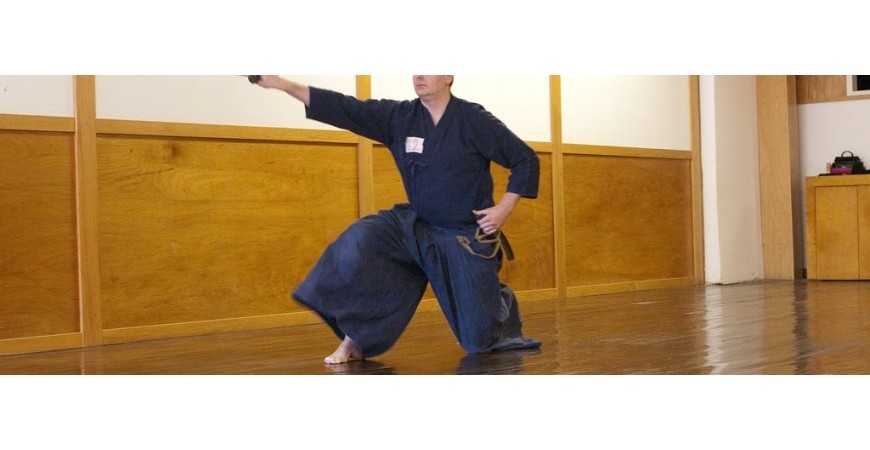

There are now dojo around the world, with international competitions held in Europe every year (arranged by the European Kendo Federation since 2000). The primary tool of Iaido, the Katana, is expensive, with prices ranging from $7,000-$15,000 a sword, limiting the pool of potential practitioners to the truly devoted or resourceful few.ĭespite the logistical hurdles, however, the future of iaido is not necessarily a dark one worldwide. Due to the inherent danger of wielding a sword, the martial art is only practiced in private dojo, unlike Kendo or Judo, which are included in the compulsory Japanese education system. There are also factors, such as injury and cost, that impact participation. The amount of public exposure to Iaido is very limited compared to other major martial arts or sports, such as Karate or soccer. Japan’s decreasing population is likely one culprit for this decline in participants. When I asked Yamamoto Sensei about how he sees the future of Iaido, he replied, “It’s quite dark.” The number of new applicants to Iaido dojo across Japan have apparently been decreasing for the past decade. Since then, various Japanese martial arts groups have established themselves as sports or recreational organizations, in order to ensure the survival of their core beliefs and traditions. Official Kendo tournaments were not held again until 1949, albeit under the category of sports. However, after the end of World War II, all forms of Japanese martial arts were banned by occupying forces. In the 1930’s, due to military nationalism, Judo and Kendo were reintroduced to the Japanese education system and became more widespread than ever.

Various public demonstrations and tournaments at the turn of the 20th century helped revive public interest and pride in Japanese martial arts. The addition of the suffix “-do” to “iai” helped establish it, as well as other martial arts, as a national artform that was to be taught.

In order to preserve the priceless cultural and philosophical values of these martial arts, they were renamed and adapted to modern times. Martial arts were no longer being taught in schools and Iaijutsu was considered obsolete on the battlefield and in law enforcement. To provide a bit more history, by the end of the 19th century, many Japanese martial arts were in danger of being erased from society. However, the name “Iaido” was only recently recognized by the the Dai Nippon Butoku Kai (DNBK) in 1932, a bit less than 90 years ago. It is deeply rooted in Iaijutsu (sword techniques) dating back to Japan’s warring 16th century. He offered a number of fascinating insights on the history and current standing of the martial art in Japan. Tsutomu Yamamoto, the head teacher of the Kenshinkan Dojo, has been practicing Iaido for over 60 years. What I learned was a story of a martial art that has faced near extinction multiple times but has survived thanks to groups of forward-thinking, adaptive practitioners. To better understand the martial art, its practitioners, and the future of Iaido, I visited the Kenshinkan Dojo in Okayama city.

Despite the world-wide popularity of the iconic Japanese sword, Iaido is one of the lesser known Japanese martial arts, often lumped together with Kendo or even misheard as Aikido by unfamiliar listeners (yes, even in Japan).
IAIDO MARTIAL ART HOW TO
For those who have never heard the word, Iaido is a Japanese martial art which trains you, in both body and mind, how to properly use a Katana for self-defense.


 0 kommentar(er)
0 kommentar(er)
